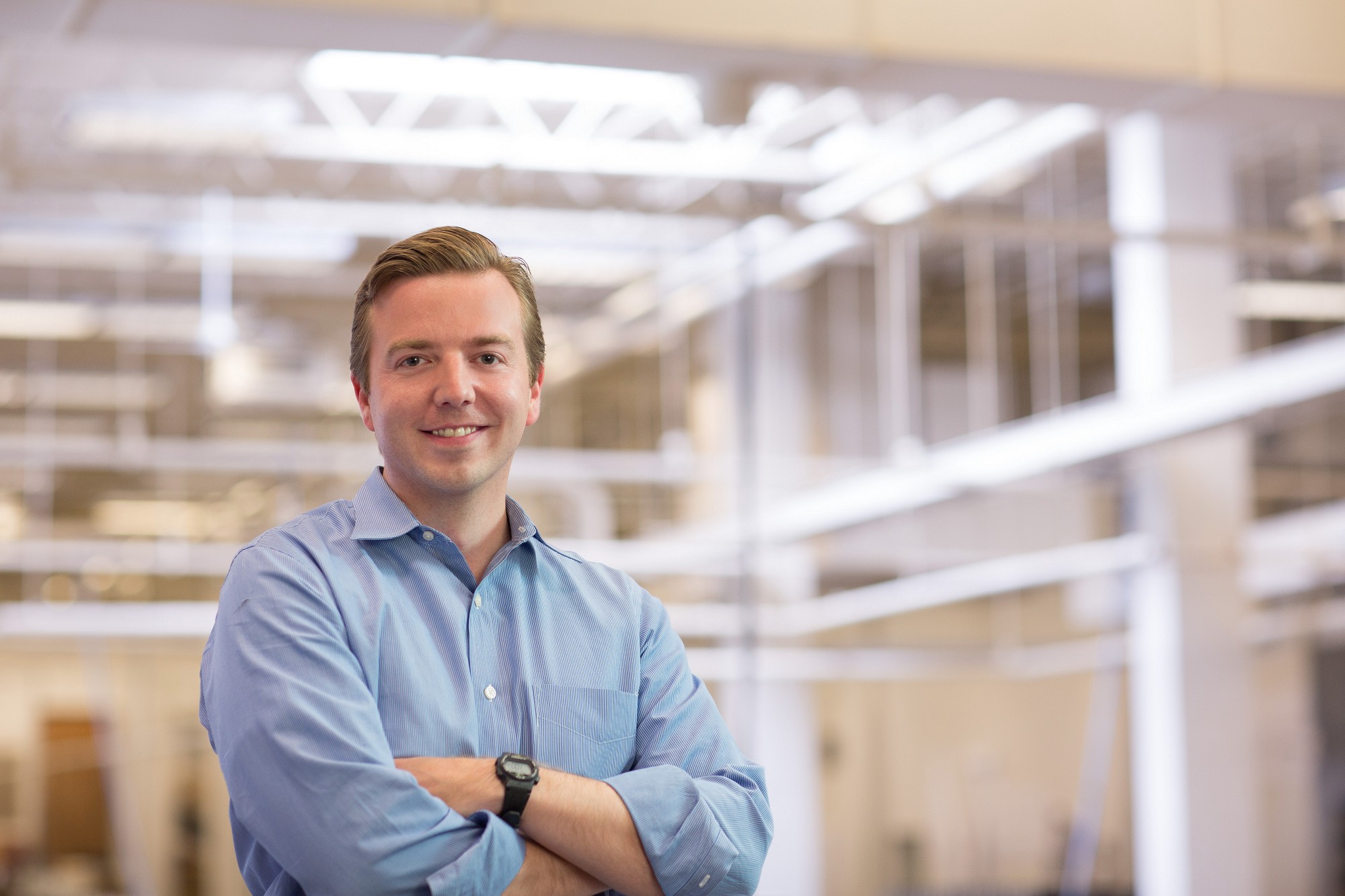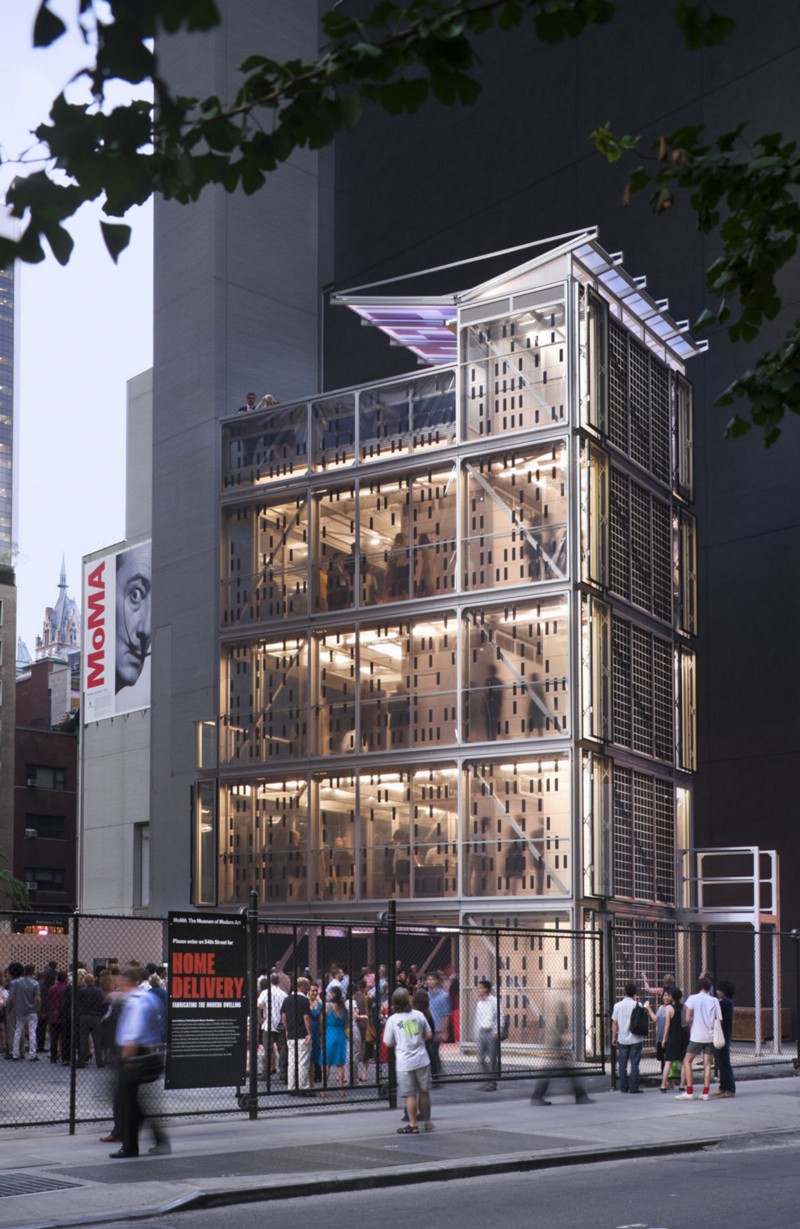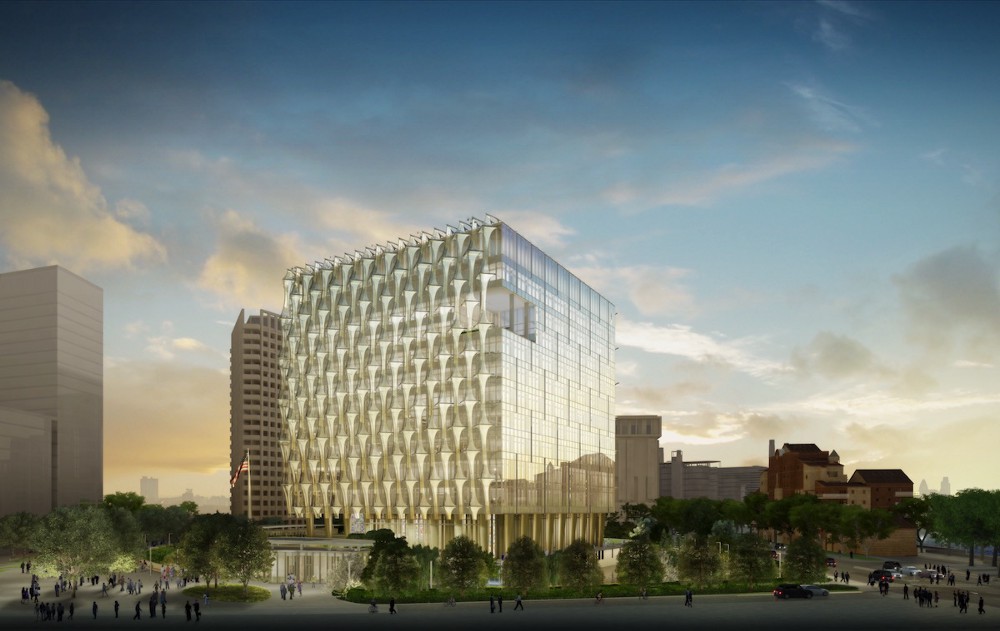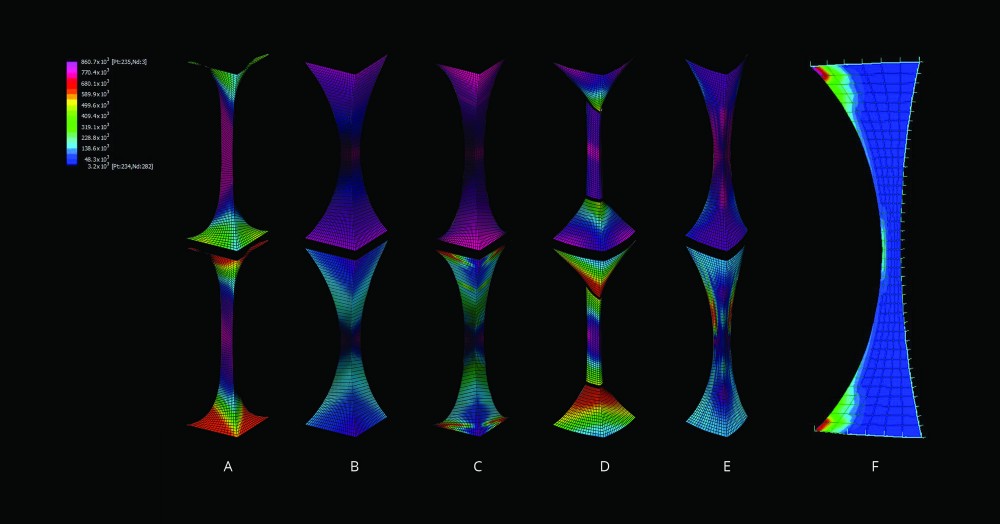Design Manifestos: Matthew Krissel of KieranTimberlake

Matthew Krissel is a partner at KieranTimberlake, an award-winning architecture firm recognized for its environmental ethos, research expertise, and pioneering design and planning. He has completed projects for Cornell University, Dartmouth College, and Massachusetts Institute of Technology, and is currently working on projects for the United States Department of State and New York University. In addition to his design responsibilities, Matthew leads KieranTimberlake’s Digital Design Visioning Group, an initiative dedicated to digital innovation, visualization, and knowledge sharing within the firm. Modelo spent some time learning about Matthew’s journey through the profession and about his current role at KieranTimberlake.

On becoming an architect
As a kid, my exposure to architecture was limited to the traditional suburban landscape that dominated my small hometown in New York. By the time I was a junior in high school, I had never even met an architect and, truthfully, had no idea what the profession entailed. But I had also already completed all the art classes offered at my school, so I signed up for a technical drawing class which, incidentally, was taught by a local used car salesman. Inspired by the didactic drawings from Popular Mechanics Magazine, I spent hours in the school basement drawing gears and sprockets using donated T-squares and triangles (this was 1992, after all). I loved the challenge of bringing clarity to complex problems through drawing and representation. After visiting a local architecture practice during a career fair and learning a little more about what an architect was, I kept coming back to the field as I considered college and a future career.

On discovering his voice as a designer
When I graduated high school, my grades and the financial pressures faced by my parents with multiple kids already in college led me to start my higher education at a two-year technical college. While I was enrolled in an architecture program by name, I really was being trained to be a draftsman. I learned how to see and interpret the physical world, as well as how to annotate and construct two-dimensional and three-dimensional drawings by hand through traditional architectural representation. My success in the program translated into my acceptance into the University at Buffalo’s Architecture program, which offered me an entirely new perspective. Unlike my previous training that focused on depiction, my education at Buffalo centered on learning how to think and create like a designer.
After graduating with my bachelor’s degree from Buffalo in 1997, I boarded a bus with two duffel bags and moved to New York City. I spent my formative years there, in a city that was saturated with creativity and ideas and where everything was always on a big stage. My time working at Skidmore, Owings & Merrill, and then later at Kohn Pedersen Fox, exposed me to great design talent and urban living. However, it wasn’t until my time in graduate school at the University of Pennsylvania that I discovered the other facets of design in ways I had not yet imagined.
I was at UPenn from 2003–2005, right in the middle of a pedagogical transition towards the digital. It was a special time in our field’s collective history, and one that I am grateful to have participated in while in school. Seeing design and design methods shift so dramatically away from the analogue was critical for me, especially since I had the advantage of being educated on both sides of this history of architecture. Learning design and making by hand as well as through advanced computation and digital fabrication allowed me to discover my own voice within the design world.
That voice then came into focus at KieranTimberlake, where so much of what I had discovered in school could be put into practice and cultivated in an environment that truly enables experimentation and holistic thinking. While challenging workflows and rituals of practice, I began to see and think differently, which led me to realize that to do great design work, we often have to engage in practices outside of the traditional boundaries of architecture. The elastic process of designing at the firm built on my strengths and taught me the value of understanding my limits in a place where collective intelligence is encouraged and people are empowered to imagine and create.
On joining KieranTimberlake
During my first semester at UPenn, my Visualization Studies professor worked at KieranTimberlake and offered me a summer job while I was finishing graduate school. It was a wonderful experience, and when my wife and I decided to stay in Philadelphia after my graduation, I joined the firm full-time. Working at KieranTimberlake was so different from my previous experiences working in New York City, and the firm’s unique approach to design created an environment and space in which I could build and explore. The culture, leadership, and expectations were a framework that I knew I wanted to build on.
When I first started, the firm had only 35 employees and each one was challenged to operate with purpose and grit. I enjoyed working at a place where ego is shelved, moxie thrives, and opportunities to discover new ways of working abound. When I arrived, three-dimensional modeling was nascent and therefore slow. Consequently, it was used more for representation than iterative design. Over time we developed new workflows and expanded the training and tools available into the practice, enabling more people to engage with advanced modeling and simulation. This mindset helped us to imagine and model faster and in more exploratory ways. The timing was fortuitous as rapid advances in hardware and software capabilities allowed us to leverage these emerging tools and layer them in a place that was bubbling with ideas. Ultimately, the profound change in methodology amplified the practice and helped me see that having a positive attitude toward change can lead to great design. Those attitudes start with leadership and are driven by culture.
On KieranTimberlake’s approach
At KieranTimberlake, our mantra is “fail fast” which is as much about learning from mistakes as it is about working iteratively. We know that the path to making exceptional work is not always clear, mistakes will happen and the process may get messy. But those kind of setbacks are essential to creating great work. That’s why we constantly question ourselves, our practices, and remain open to change.
On principles KieranTimberlake applies across projects
We are a restless community of curious designers who actively seek problems to solve, and we consciously put ourselves in unfamiliar territories so we can search for answers. Each one of our projects begins with a question that we answer through deep investigation and collective intelligence. While we work on projects we are also pursuing ideas that push design forward.
On his primary focus at KieranTimberlake
As a partner, I design buildings as well as platforms for thinking and making. I create knowledge networks, and help design new work flows, software, and hardware. I am also involved in hiring new staff, which I consider one of our ultimate design challenges. I’m proud to help build a research-centered practice and promote a culture of experimentation.

On his design toolkit
I am rooted in the tactile experiences I had in my youth working with a pencil and a mayline, and I studied architecture during the transition to digital making, simulation, and representation. I think that many architects in my generation straddle the divide between two modes of designing; they don’t prioritize one over the other. Too often as architects mature and start to manage a project or even lead a practice, they lose touch with the contemporary toolset. I try to stay connected to drawing by hand as much as I continue to use modeling programs like Rhino and Revit. This allows me to see the work develop, lead teams, and communicate differently.
On the future of architecture in the next 5–10 years
There are three areas that I see for change in architecture in the next 5 -10 years: communication across teams, computation with purpose, and redefining design.
One of the most frustrating aspects of architecture today is the disaggregation of tools, workflows, and expertise across the industry. Architects still have to turn 3D models into 2D drawings for contractors to build much of what is made today. This one example speaks volumes about the disconnect that exists at many levels across the Architecture, Engineering, and Construction (AEC) profession. Even while our tools are developed at a rapid pace, the AEC community remains slow and inconsistent to adopt them. As technology evolves rapidly, it is difficult to remain on at the forefront of every new tool or software developed, creating a natural skillset gap among people and entities. To close the gap, we need more inclusive ways to share and interact with each other’s work. Web-based tools are inherently easier to learn as they build on people’s familiarity with the internet while creating real-time connectivity, suggesting one way towards democratizing our tools. Collaboration is about developing generative ways for experts and non-experts to add value to the discourse and contribute to the design and fabrication process. While there will always be a place for complex software and processes that require expertise, I’m excited to see more accessible tools emerge, and I believe it is an important leap forward for design. In the next 5–10 years, I hope we will all share a more common language and drive to embrace this evolution.
Second, while computational tools have the potential to extend design withconviction and purpose, they are not always leveraged in truly meaningful ways. On one side is computation used gratuitously, backed by architectural whimsy and form-fetishizing devoid of real acumen. On the other side is sterile, data-obsessed design that is devoid of atmosphere, mood, and narrative. Architects have become very good at capturing data that can be described objectively and represented through descriptive geometry, but they should not lose sight of the intangible or intrinsic qualities of architecture to meaningfully articulate place and culture. I want to see us as a profession move past the simplistic seduction and novelty of computation inputs to design and leverage this coiled spring towards the big and small challenges ahead.

And finally, in the next 5–10 years, architecture will be challenged to define the trajectory of digital modeling, simulation, sensors, automation, artificial intelligence, contextual programming, cultural and social data, and more. These advances inherently change not only what we make, but also how we make it. In response, we must change how we define a project, think about what a design practice can and should be, and push our capacity as designers to bring together strategic thinking, curiosity, and creativity, and increase our ability to contextualize information with the tactical acuity of computation: its speed, precision and expanding capacity.
If we evolve our mindset, processes, and tools into a truly relational framework, we might overcome the myriad of issues that keep us from designing holistically. This includes improving our ability to see and interrogate what is possible with greater clarity and fluidity across platforms, and mature ideas across multivariate problems over time. We are beginning to see how immersive environments, interactive data sets, advanced visualization and analysis, simulation, and dynamic analytical environments, can help reach that goal. But it’s imperative that we overcome the knowledge silos across design. I hope that in a few years, digital practices are so pervasive they aren’t considered specialties, but core competencies.
On advice he would give his younger self
Be comfortable with uncertainty and failure as a young architect. Resist the seduction of early design concepts, cast a wide net, and remain patient when cultivating ideas. Find a place that supports query as a design tool. Develop question-asking as a skill and use it to reframe problems, draw out insight, and build ideas. Designers must be capable of developing solutions as well as challenging the underlying symptoms. Design is more than tangible products, buildings, and environments. It also includes scrutinizing policy, entrenched stasis, and infrastructure, and taking them on as design parameters. In doing so, you can achieve more meaningful change by altering the underlying dynamics as much as the design of spatial outcomes.
